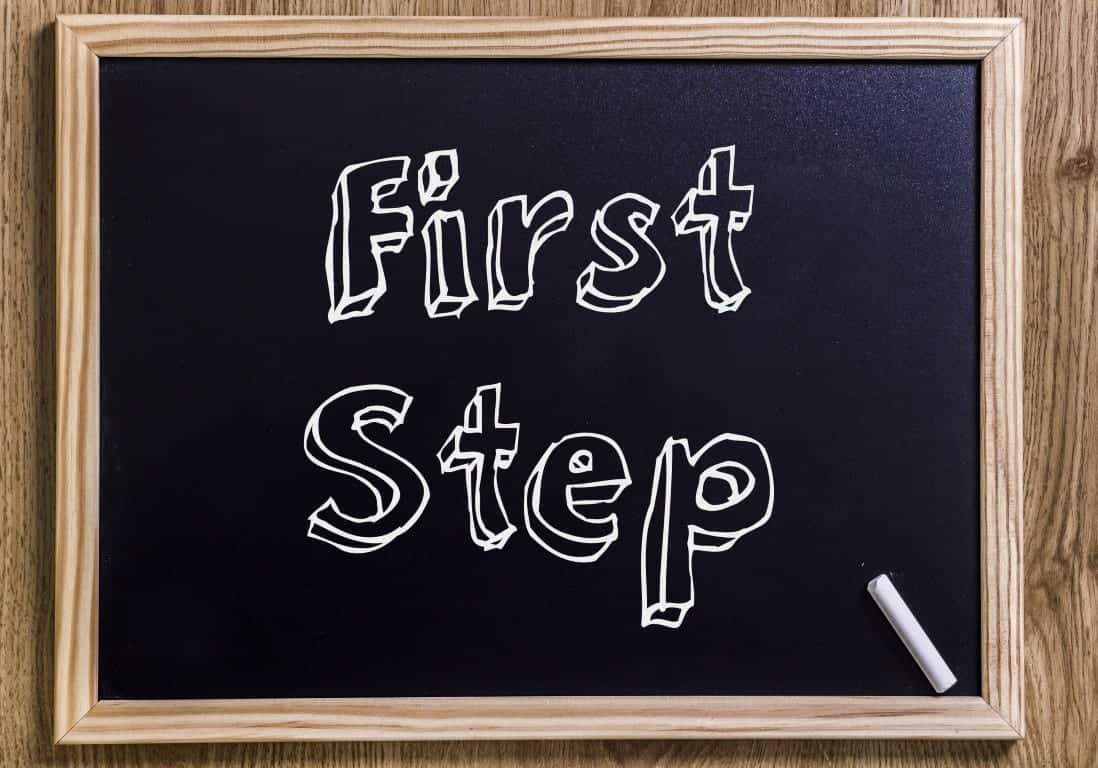The first step of the 12 Steps reads:
“We admitted we were powerless over alcohol—that our lives had become unmanageable.”
Step 1 marks the true beginning of recovery. It’s where denial ends and honesty begins. This step isn’t about shame or failure—it’s about seeing the situation clearly for the first time. When you admit powerlessness, you stop trying to control what can’t be controlled and start accepting that help is necessary. For many, that single act of honesty becomes the turning point that makes lasting change possible.
A non-religious version of Step 1 is recognizing that addiction has taken control and that life has become chaotic as a result. It’s about facing the truth: willpower alone isn’t enough, and change starts with honesty.
What Step 1 of the 12 Steps Really Means
Step 1 is about honesty, acceptance, and humility. It’s the moment you stop pretending everything is fine and admit that addiction has created unmanageable consequences. This step doesn’t mean you’re weak; it means you’re ready to stop fighting a losing battle. Admitting powerlessness isn’t giving up—it’s acknowledging that what you’ve been doing isn’t working. That realization opens the door for something new: help, healing, and the chance to rebuild your life.
Facing Denial
Denial protects you from pain, but it also keeps you stuck. Step 1 helps you confront denial by looking clearly at how addiction has affected your relationships, work, health, and peace of mind. It’s uncomfortable at first, but honesty creates freedom. When you stop minimizing or rationalizing your behavior, you gain the clarity to see what’s really happening and what needs to change.
In practice:
Write down examples of how addiction has caused harm or loss.
Talk openly with your sponsor, therapist, or group about the impact of your substance use.
Ask yourself, “What has my best thinking gotten me so far?”
Letting Go of Control
Most people try to manage addiction on their own before reaching Step 1. They promise to cut back, switch substances, or stop after one last time. Those attempts rarely last. Step 1 asks you to stop relying on self-control alone and admit that addiction has more power than you thought. It’s about releasing the illusion that you can manage it by yourself. True strength begins with acceptance.
In practice:
Notice when you’re trying to control things that keep leading to the same outcome.
Replace self-blame with self-awareness.
Be honest with someone you trust about what’s no longer working.
The Role of Acceptance in Step 1
Acceptance is the foundation of recovery. It’s not about liking your situation—it’s about facing it without denial or resistance. When you accept that addiction has taken control, you stop wasting energy trying to prove otherwise. That clarity gives you the strength to seek real help and start healing.
In practice:
Reflect on what acceptance means for you today.
Read stories of others who’ve found peace through surrender.
Keep a daily journal of what feels unmanageable and what you’re willing to change.
Common Challenges with Step 1
Many people hesitate with Step 1 because it feels like failure. In reality, it’s the first act of courage in recovery. Others worry that admitting powerlessness means losing control over their life, but it’s the opposite. Step 1 helps you regain control by facing the truth and letting support in.
Common challenges include:
Fear of judgment or shame
Believing you should be able to fix it alone
Confusing powerlessness with weakness
Struggling to accept that addiction is a disease, not a lack of willpower
How You’ll Know You’re Living Step 1
You’ll start to notice that your defenses soften. Instead of making excuses, you’re honest about what’s really happening. You’ll feel more open to help and begin to see small signs of progress—like showing up for meetings or talking about your struggles without hiding.
Signs you’re practicing Step 1 include:
You admit the truth about your addiction without minimizing it
You accept support instead of resisting it
You recognize patterns that keep leading to the same results
You begin to feel relief from no longer pretending to be in control
Moving Forward Beyond Step 1
Step 1 lays the foundation for everything that follows. It’s the beginning of freedom—the point where denial ends and healing begins. By accepting powerlessness, you create space for hope, guidance, and growth. Each small act of honesty strengthens your commitment to change.
At Northpoint Recovery, we help people take those first steps toward lasting sobriety with compassion, structure, and professional care. Our programs are designed to help you rebuild from the inside out—physically, mentally, and emotionally.
You don’t have to face recovery alone. Contact us today to learn how we can help you begin your journey toward lasting change.
Step 1 FAQs
1. What does it mean to be “powerless” over addiction?
Being powerless means that once you start using, you lose the ability to control it—no matter how strong your intentions are. It’s about recognizing that addiction changes your brain and behavior in ways that self-will can’t fix. Accepting this truth allows you to stop wasting energy on failed attempts to manage it alone and instead start focusing on recovery tools that actually work.
2. Why is Step 1 considered the hardest?
Step 1 asks for complete honesty, which can feel uncomfortable and even painful. It forces you to look at the reality of what addiction has done to your life and the lives of those around you. Many people struggle with this because it feels like admitting defeat, but it’s really the opposite—it’s the moment you stop fighting yourself and start building a foundation for change.
3. Can I take Step 1 without believing in God or religion?
Yes. Step 1 doesn’t depend on any specific faith or spiritual belief. It’s about admitting the truth of your situation and opening yourself to help. You can define “powerlessness” and “help” in whatever way makes sense to you, whether that’s through a support group, therapy, or the strength of shared recovery experiences.
4. How do I know if my life has become unmanageable?
Unmanageability often shows up as repeating the same destructive patterns even when you want to stop. It can look like broken relationships, financial problems, emotional instability, or neglecting responsibilities. If addiction has created chaos in areas that once felt stable, it’s a sign that life has become unmanageable and that it’s time to reach for support.
5. What happens after I complete Step 1?
After Step 1, you move into Step 2, which is about believing that recovery and healing are possible. Once you’ve accepted that self-reliance hasn’t worked, the next step is finding hope—whether through your higher power, your recovery community, or the process itself. Step 1 breaks the cycle of denial; Step 2 builds the faith to keep going.
6. Why is Step 1 so important for long-term recovery?
Because it sets the tone for everything that follows. Without honesty and acceptance, the rest of the steps can’t take root. Step 1 is where you stop pretending and start living in truth, which creates the space needed for real healing. It’s the foundation that allows progress, connection, and peace to grow over time.


